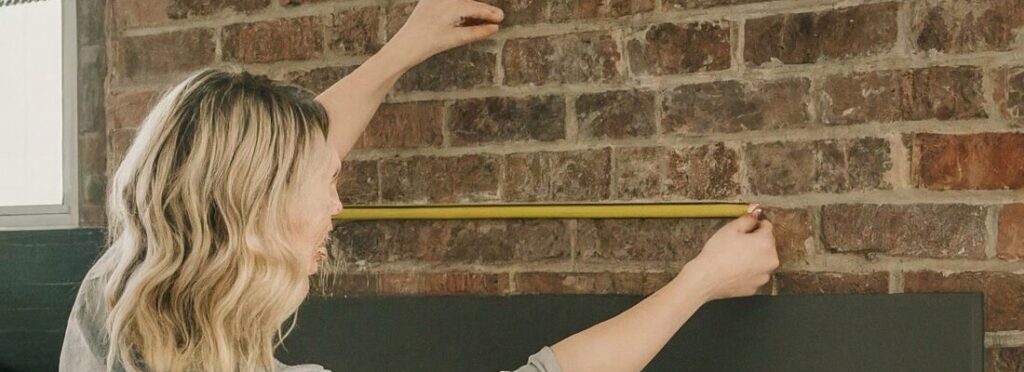Ultimate Open Fireplace Measurement Guide
Expert techniques to find the right fireplace
Introduction
Proper measurements are the foundation of every successful fireplace project. Whether you’re updating an existing fireplace, installing a new one on a blank wall, or replacing an outdated unit, accurate measurements ensure a perfect fit, optimal performance, and a beautiful final result.
This comprehensive guide walks you through the exact measurement process for measuring an open fireplace to add an appliance to it. By following our expert measurement techniques, you’ll avoid costly mistakes and ensure your fireplace project proceeds smoothly from start to finish.
Why Proper Measurements Matter
Taking accurate measurements before starting your fireplace project is absolutely critical. Here’s why:
Preventing Costly Mistakes
Incorrect measurements can lead to purchasing incompatible units that require expensive modifications or returns.
Ensuring Safety
Proper clearances to combustible materials are essential for preventing fire hazards. Accurate measurements help maintain these critical safety margins.
Optimizing Performance
A properly sized fireplace provides the right amount of heat for your space. Too small, and it won’t heat effectively; too large, and it may overwhelm the room.
Achieving Aesthetic Balance
The right proportions create a visually pleasing focal point that enhances your room’s design rather than dominating or disappearing within it.
Measuring an Existing Open Fireplace
When updating or retrofitting an existing open fireplace, precise measurements of the current structure are essential for selecting compatible inserts, doors, or surrounds.
](https://findmyfireplace.com/wp-content/uploads/2025/05/shutterstock_2628466097-2-e1747413124359-1024x372.jpg)
Step 1: Gather Your Tools
- Tape measure (metal preferred)
- Notepad and pencil
- Level
- Camera or smartphone
- This measurement worksheet
Step 2: Measure the Firebox Opening
- Measurement #1: Width
- Measure the width at the front opening from side to side
- Take measurements at both the top and bottom (they might differ)
- For non-rectangular openings, measure at several points
- Record the smallest measurement as your official width
- Measurement 2: Width in the Back:
- Measure the width at the back of the fireplace from side to side (make sure to do this towards the bottom of the fireplace)
- For non-rectangular openings, measure at several points
- Record the smallest measurement as your official width
- Measurement #3: Height:
- Measure from the floor of the firebox to the top of the opening
- Take measurements on both the left and right sides
- For arched openings, measure both the maximum height (center) and minimum height (sides)
- Record the smallest measurement as your official height
- Measurement #4: Depth:
- Measure from the front opening to the back wall of the firebox
- Take measurements at both the center and near the sides
- Note if the depth varies (many fireplaces taper toward the back)
- If the back wall is angled or curved, take multiple measurements
Bonus Tips:
- Take clear photographs of the entire fireplace from multiple angles
- Include close-ups of any unusual features or damage
- Note any gas lines, electrical outlets, or existing accessories
- Draw a simple sketch with all measurements noted
- Record any unique features or concerns
Write down these four measurements and you’re ready to find a fireplace that will fit into your space!
Common Challenges with Existing Fireplaces
- Smoke-stained surfaces indicating draft problems
- Irregular shapes or non-standard dimensions
- Deteriorated firebrick or mortar that may need repair
- Previous modifications that may not be immediately visible
- Inadequate hearth extensions by current standards
- Hidden damage behind facings or surrounds
PRO TIP:
Always take multiple measurements at different points. Existing fireplaces often have slight variations that can affect the fit of new components. When in doubt, use the smallest measurement to ensure your new insert or doors will fit properly.
